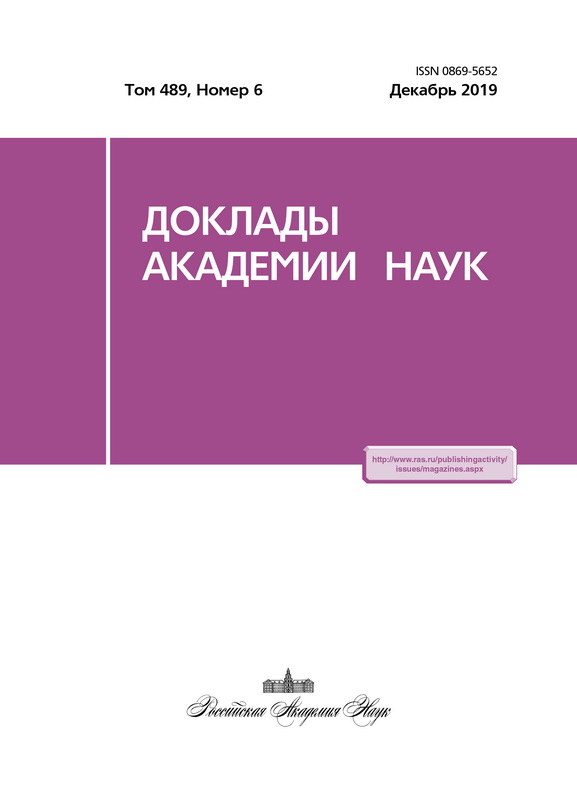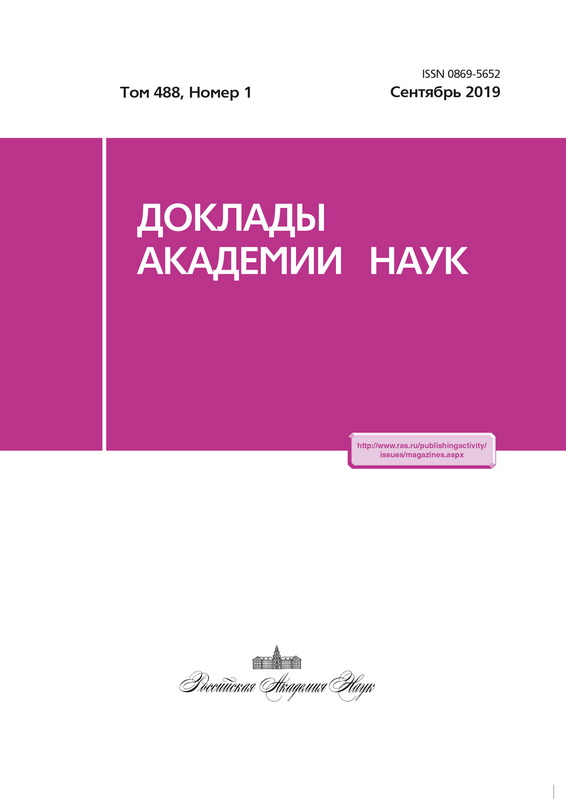Новые данные о развитии растительного покрова Северного Прибайкалья в среднем-позднем голоцене
- Авторы: Вершинин К.Е.1, Осипов Э.Ю.1
-
Учреждения:
- Лимнологический институт Сибирского отделения Российской академии наук
- Выпуск: Том 488, № 1 (2019)
- Страницы: 86-90
- Раздел: География
- URL: https://journals.eco-vector.com/0869-5652/article/view/16217
- DOI: https://doi.org/10.31857/S0869-5652488186-90
- ID: 16217
Цитировать
Аннотация
Впервые получен непрерывный разрез торфяника с труднодоступной среднегорной северо-западной части оз. Байкал. Материал исследован методами спорово-пыльцевого анализа, анализа клеточных остатков растений и радиоуглеродного датирования (данные калиброваны). Выявлены наименьшие в Восточной Сибири скорости торфонакопления в течение голоцена. В соответствии с рассчитанными скоростями седиментации временное разрешение исследования составляет от 100 лет в нижней части разреза до 800 в верхней. С помощью факторного анализа выделено шесть локальных палинозон и пять ботанических зон. Реконструированы изменения в растительном покрове и условия увлажнения экотопа за 7670 лет. Впервые за четверть века уточнена высота верхней границы леса.
Ключевые слова
Об авторах
К. Е. Вершинин
Лимнологический институт Сибирского отделения Российской академии наук
Автор, ответственный за переписку.
Email: vershinin@lin.irk.ru
Россия, 664033, г. Иркутск, ул. Улан-Баторская, 3
Э. Ю. Осипов
Лимнологический институт Сибирского отделения Российской академии наук
Email: vershinin@lin.irk.ru
Россия, 664033, г. Иркутск, ул. Улан-Баторская, 3
Список литературы
- Кузнецова Л.П. Перенос влаги в атмосфере над территорией СССР. М.: Наука, 1978. 92 с.
- An Z. // Quatern. Sci. Rev. 2000. V. 19. P. 171-187.
- Osipov E.Y., Khlystov O.M. // Palaeogeogr., Palaeoclimatol., Palaeoecol., 2010. V. 294. P. 4-15.
- Fedotov A.P., et al. // Int. J. of Environ. Stud. 2012. V. 69. № 5. P. 806-815.
- Байкал. Атлас. М.: Федеральная Служба Геодезии и картографии. 1993. 180 с.
- Макрый Т.В. Лишайники Байкальского хребта. Новосибирск: Наука, 1990. 200 с.
- Traverse A. Paleopalynology. Boston: Allen and Unwin. 1988. 600 p.
- Елина Г.А., Юрковская Т.К. // Бот. журн. 1992. Т. 77. № 7. C.120-123.
- Климанов В.А., Сирин А.А. // ДАН. 1997. Т. 354. № 5. C. 683-686.
- Bezrukova E.V., et al. // Quatern. Intern. 2005. V. 136. P. 47-57.
- Вершинин К.Е. // Новости палеонтологии и стратиграфии. В. 10/11. Прил. к журналу «Геология и геофизика». Т. 49. 2008. С. 399-402.
- Blyakharchuk T.A. // J. of Sib. Federal Univ. Biol. 1. 2009. V. 2. Р. 4-12.
- An Ch., et al. // The Holocene. 2012. V. 22. № 1. Р. 43-52.
- Леви К.Г., Задонина Н.В., Язев С.А. Радиоуглеродная хронология природных и социальных феноменов Северного полушария. Т. 1. Иркутск: Изд-во ИГУ, 2010. 715 с.
- Wang W., et al. // Chin. Sci. Bull. 2009. V. 54. P. 1579-1589.
Дополнительные файлы







